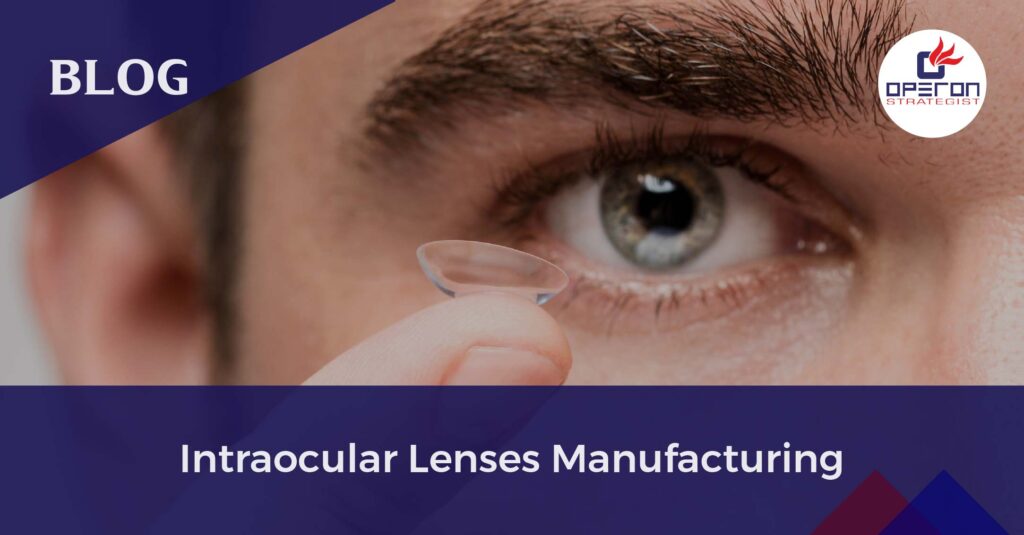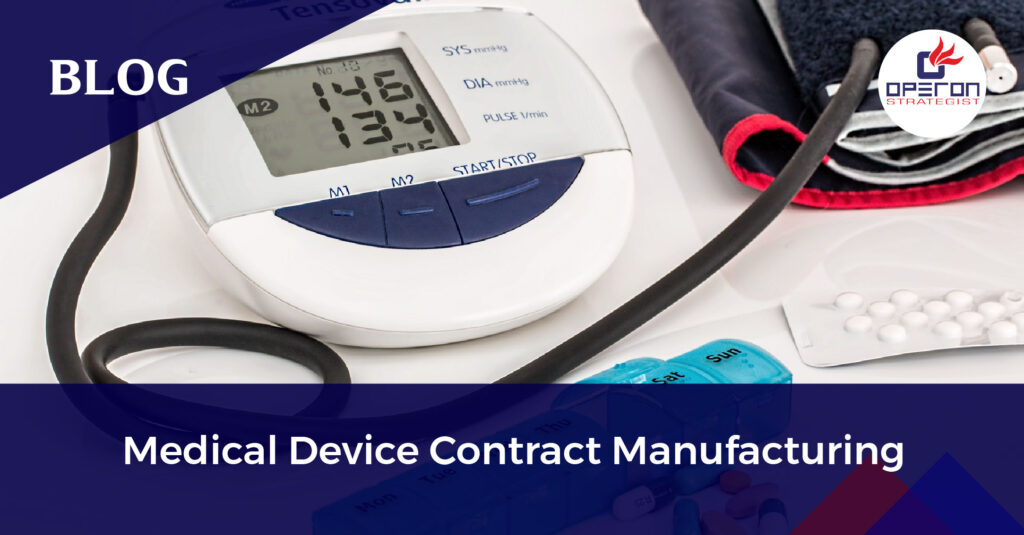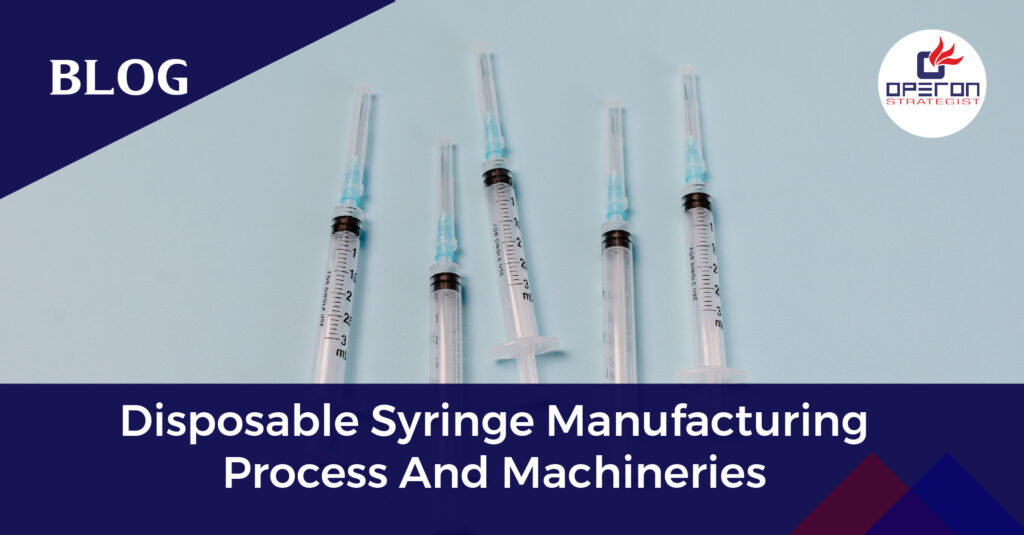Intraocular Lenses Manufacturing License
To obtain a CDSCO manufacturing license for intraocular lenses (IOLs) in India, manufacturers must comply with regulations set forth by the Central Drugs Standard Control Organization (CDSCO), which is the national regulatory authority for medical devices.
To obtain a manufacturing license for intraocular lenses (IOLs) in the United States and the European Union, manufacturers must adhere to the respective regulatory requirements set forth by the US Food and Drug Administration (FDA), which is FDA 510(k), and the European Union’s Medical Devices Regulation (MDR), which is CE marking for medical devices.
Overview of IOL (Intraocular Lenses Manufacturing)
Intraocular lenses (IOLs) are medical devices used in ophthalmology to replace the natural lens of the eye when it becomes cloudy or cataract-ridden. These artificial lenses are surgically implanted to restore clear vision.
IOL manufacturing is a highly regulated process to ensure patient safety and product quality. Companies that produce IOLs must comply with industry standards and regulatory requirements to bring these devices to market.
Operon Strategist is a medical device project consultant, who will help you to ensure regulatory compliance, optimizing manufacturing processes, and supporting research and development efforts to improve IOL Manufacturing.
Looking for Intraocular Lenses Regulatory Consultation?
Let’s have a word about your project
- Operon Strategist is an expert in Medical Device Consulting.
- We provide registration support for Medical Device Manufacturing in various countries.
- As regulatory consultants we provide guidance about QMS for Medical Device industries and we make sure that clients get the benefits of ISO 13485 Certification for their organization.
What Is an Intraocular Lens?
An Intraocular Lens – IOL is a lens embedded in the eye as a feature of treatment for waterfalls or nearsightedness. The most well-known sort of IOL is the pseudophakic IOL. These are embedded during waterfall medical procedures after the shady eye’s normal lens (casually called a waterfall) has been eliminated. The pseudophakic IOL gives a similar light-centering capacity as the common translucent lens. The second sort of IOL, all the more usually known as a phakic intraocular lens (PIOL), is a lens that is put over the current common lens and is utilized in a refractive medical procedure to change the eye’s optical force as a therapy for nearsightedness (nearsightedness).
What is Intraocular Lenses Manufacturing Process
Material Selection: IOLs can be made from various materials, including silicone, acrylic, and hydrophobic acrylic. The choice of material depends on factors like biocompatibility, flexibility, and the surgeon’s preference.
Lens Design: The design process involves optimizing the lens’s curvature, thickness, and other parameters to achieve the desired refractive outcome.
Fabrication: IOLs are manufactured using precision molding techniques. The chosen material is heated and formed into the desired lens shape.
Surface Coatings: Many IOLs are coated with special materials to enhance their optical properties, reduce glare, and improve biocompatibility.
Hydrophobic coatings help prevent water droplets from adhering to the lens surface.Quality Control: Stringent quality control measures are in place throughout the manufacturing process. This includes inspections, optical testing, and validation to ensure that each IOL meets the specified standards.
- Sterilization: After manufacturing, IOLs are subjected to sterilization processes to eliminate any potential contaminants. Common sterilization methods include gamma radiation or ethylene oxide gas.
Packaging: IOLs are carefully packaged in sterile, sealed containers to maintain their sterility until implantation. Each lens is usually labeled with information about its specifications.
What Machinery Used for Intraocular Lenses Manufacturing
- CNC Lathe Machine
- CNC Milling Machine
- Tumble Polisher
- Tachometer
- Laminar Air Flow
- Profile Projector
- ETO Sterilizer
- Steam Sterilizer
- Weighing Machine
- Hot Air Oven
- Autoclave
Types of Materials Used for Intraocular Lenses Manufacturing
Types of IOL – Intraocular Lens Materials
Materials keep on improving, turning out to be more malleable and biostable and giving lens makers more noteworthy opportunities to address explicit vision needs. The most punctual IOLs were made with warm plastic, a material that improved significantly throughout the long term, yet at the same time had characteristic limitations for microsurgery. The present best-in-class acrylics offer better versatility and soundness and give specialists unrivaled control during microsurgery.
- Polymethylmethacrylate (PMMA)
- Silicone
- Hydrophobic Acrylic
About Operon Strategist
Delve into the future of Intraocular Lens manufacturing with confidence, guided by Operon Strategist. As a leading medical device regulatory company, Operon offers a comprehensive suite of services, including medical device manufacturing plant setup(Turnkey Project), QMS services, and regulatory compliance consulting solutions for CDSCO Import License, CDSCO Manufacturing License, CE Mark for Medical Devices, US FDA 510k and other. Trust in Operon Strategist to be your strategic partner in navigating the complexities of this evolving industry, ensuring success and compliance every step of the way.
Smoothly Market Your Intraocular Lens Product With the Help of Operon Strategist
Read More Articles About Medical Device Manufacturing





